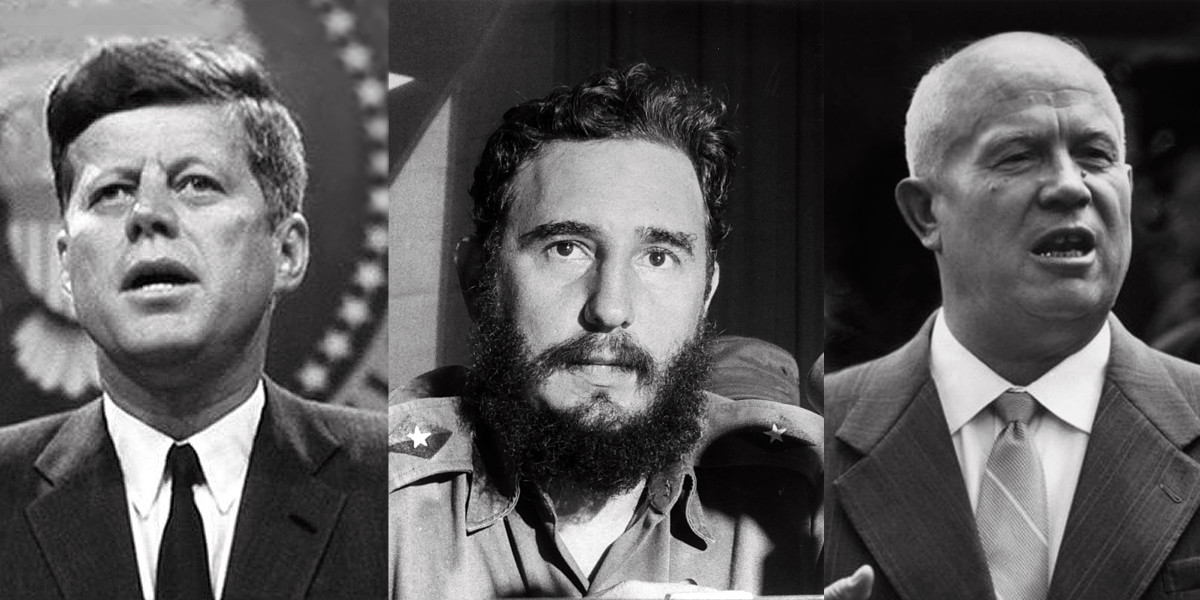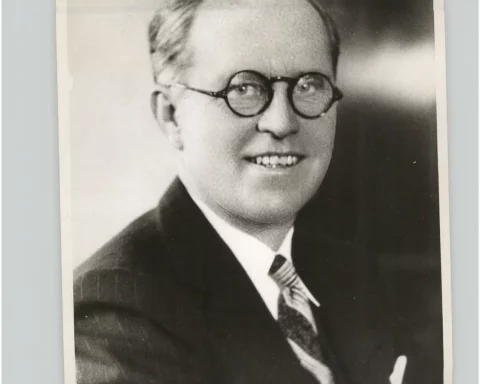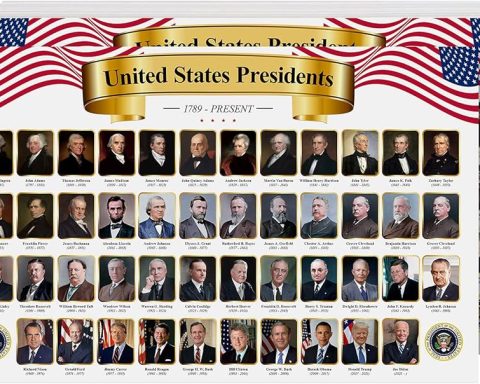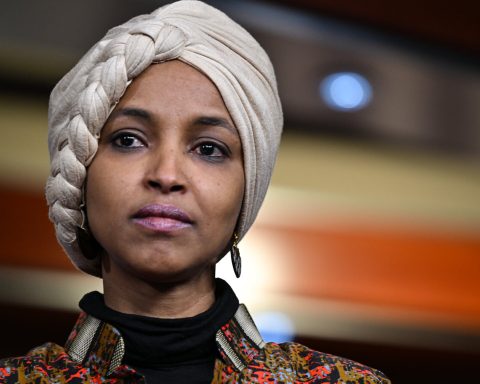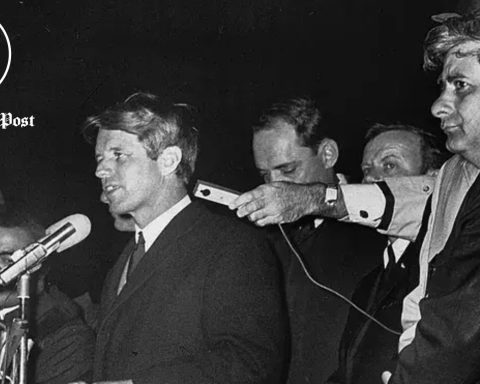The Cuban Missile Crisis of 1962 stands as one of the most hazardous events in modern history, bringing the world to the brink of nuclear war. This 13-day standoff, which took place at the height of the Cold War between the United States and the Soviet Union, was a turning point in international relations and had broad repercussions. The Cuban Missile Crisis’ causes, significant moments, and ultimate conclusion will all be covered in this blog post, along with how it affected world politics.
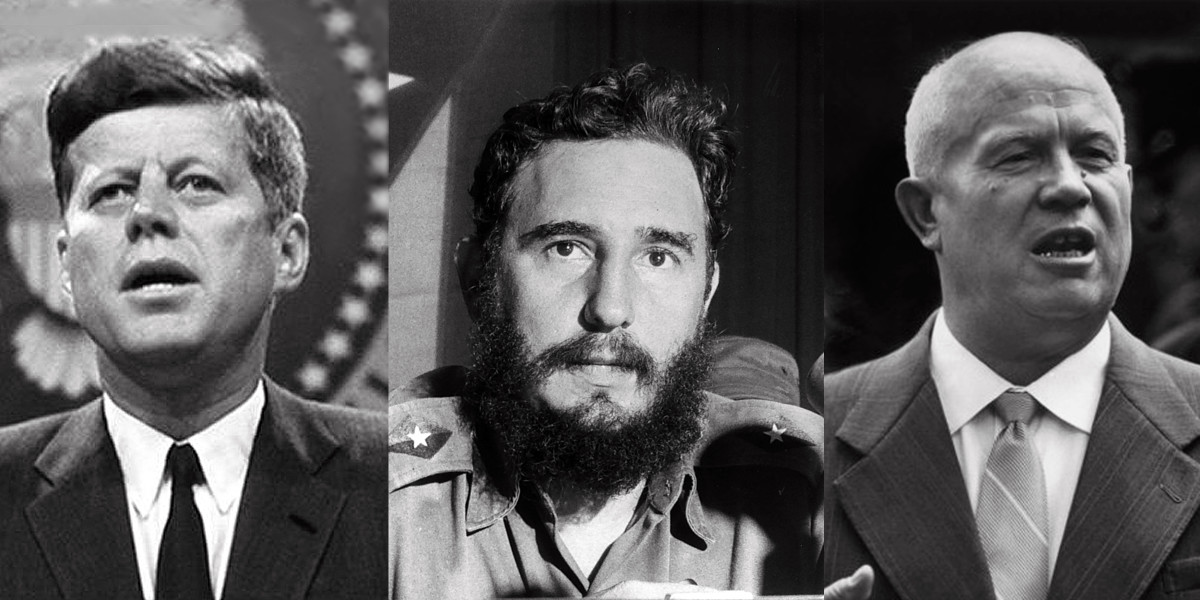
The Main Causes of the Cuban Missile Crisis
-
The Cuban Revolution
The ascension of Fidel Castro to power in Cuba strained ties between the United States and the newly installed communist government. The dictatorship of Fulgencio Batista was overthrown in 1959 by Cuban revolutionaries led by Fidel Castro and Che Guevera. As the first communist state in the Western Hemisphere, Cuba was founded by guerilla insurgents who seized all US-owned companies.
Just 90 miles from the southernmost point of Florida, the United States, which at the time was vehemently and adamantly opposed to communism, discovered itself sharing a border with a communist country.
-
The Bay of Pigs Disaster
Tensions grew even worse after the U.S. government’s failed Bay of Pigs invasion attempt to depose Castro. The United States attempted to invade Cuba in April 1961, two years after the Cuban Revolution. After the revolution, relations between the United States and Cuba deteriorated as US sugar and oil enterprises were taken over by Cuba.
The administration of John F. Kennedy had the CIA arm and educate a group of exiled Cubans who opposed Castro. On April 17, 1961, a US-supported force touched down in southwest Cuba’s Bay of Pigs.
The assault was swiftly repulsed by Castro’s Cuban Revolutionary Armed Forces. Castro, however, appealed to the Soviet Union for assistance out of concern about a further US-led onslaught. The Soviets were more than happy to comply during the Cold War’s height.
-
The arms race
The fast development of nuclear weapons, particularly by the US and the USSR, was a defining feature of the Cold War. Both countries and their respective allies produced a large number of atomic bombs and warheads during this so-called “arms race.”
Some of the US’s nuclear weapons were kept in Turkey and Italy, both of which are close to Soviet territory. Nikita Khrushchev, the premier of the Soviet Union, started placing nuclear missiles in Cuba, their new friend in an effort to strengthen the Soviet presence in the Americas.
-
The discovery of Soviet missiles in Cuba
The Soviet Union’s decision to deploy ballistic missiles in Cuba, a move that posed a direct security threat to the United States, precipitated the Cuban Missile Crisis. A U-2 stealth aircraft from the United States flew over Cuba on October 14, 1962, and captured images of a Soviet missile being manufactured there. On October 16, 1962, President Kennedy received the picture. With the exception of Seattle, it showed that practically all significant US cities were within the warheads’ range.
The Cold War was intensifying, putting America in danger from Soviet missile bases in Cuba.
-
America’s naval blockade
Kennedy made the decision not to attack the island or bomb the missile positions after learning of the Soviet missiles there. Instead, he erected a naval blockade around the nation, stopping any supply of Soviet weapons and cutting off the island.

Fortunately, Kennedy and Khrushchev found a solution. The US agreed never to invade Cuba, and the Soviets evacuated their missiles from the island. Additionally, Kennedy sneakily evacuated American warheads from Turkey.
Key Events in the Cuban Missile Crisis of 1962
Soviet missile bases in Cuba were discovered in October 1962 by American reconnaissance aircraft, which led to the start of the crisis. When he became aware of this impending threat, President John F. Kennedy was forced to make a crucial choice. Kennedy declared a naval blockade of Cuba after consulting with his advisers to stop additional Soviet shipments of military hardware. The Soviet Union was under pressure from this action to get rid of the missiles that were already on the island.

Ultimately, Kennedy and Khrushchev engaged in covert negotiations to come to a peaceful conclusion. The Soviet Union promised to take down its missile stations in Cuba in exchange for the United States publicly lifting the naval blockade. The problem was resolved, and everyone in the world breathed a sigh of relief.
Read: KENNEDY-KHRUSHCHEV CORRESPONDENCE DURING THE CUBAN MISSILE CRISIS
Significance and Legacy of the Cuban Missile Crisis
On a worldwide scale, the Cuban Missile Crisis had a significant impact. It brought attention to the risks of nuclear brinksmanship and the disastrous outcomes that could result from a superpower clash. Both the United States and the Soviet Union used the crisis as a wake-up call, which prompted further efforts to create direct lines of communication and lower the possibility of an unintentional nuclear exchange.
Additionally, the crisis settlement reduced hostilities between the two nations. The subsequent creation of the “hotline” between Washington and Moscow made direct communication easier during emergency situations, lowering the possibility of miscommunications that could turn into military war.
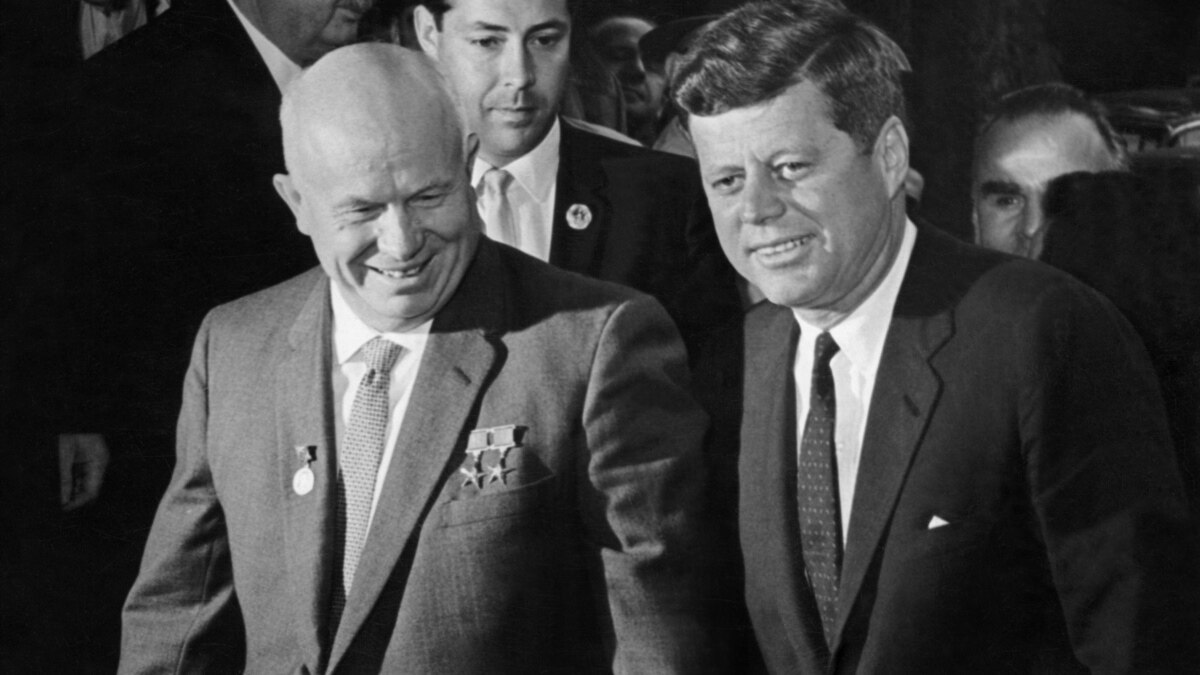
Read also: Robert Kennedy, The Great President, America Lost in 1968
The world was on the verge of nuclear war during the terrifying Cuban Missile Crisis. The situation was resolved, preventing calamity, and a new era of Soviet-American diplomacy was inaugurated. It illustrated the necessity of intergovernmental communication, crisis management, and armaments control. The lessons from this stalemate are still relevant in today’s debates over nuclear disarmament and global security.

